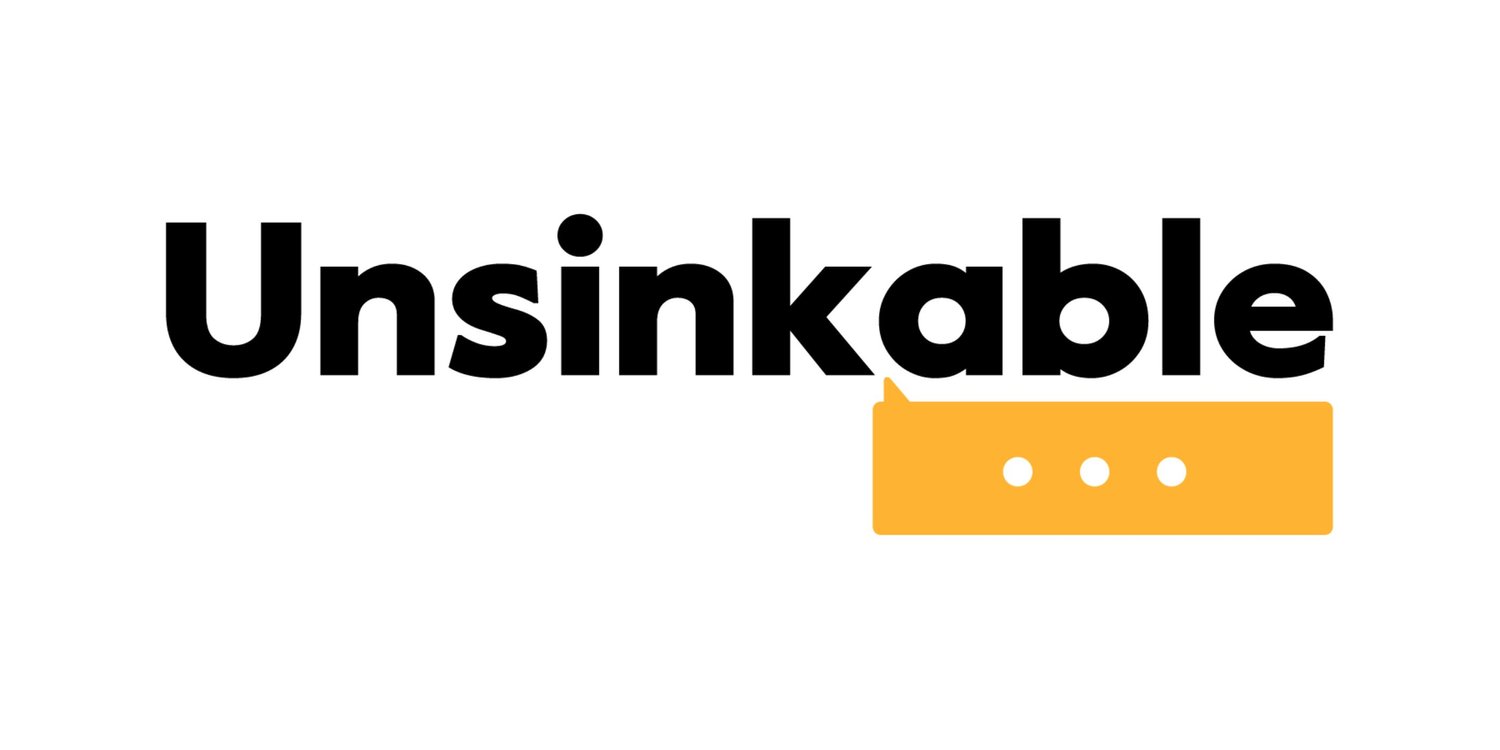Putting the 'I' in Team
Author: Dev Seacrest (He/Him)
I’m Dr. Dev Seacrest (he/him), a transmasculine math professor and parent who sees his recovery as a continuing process. I hope to continue to share my experiences with my eating disorder, body dysmorphia, gender dysphoria, self-harm, depression, social anxiety, and more, and to consider the intersection of these struggles. Many of these are considered taboo topics; I want to reduce stigma and encourage people to connect with resources and with each other.
On the first day of class, I hand each student a gift— a small, good-quality eraser. In other words, my first interaction with my students is acknowledging their future mistakes. Needing an eraser, though, doesn’t just indicate making an error. You only need an eraser when you realize there is some mistake, identify that mistake, and are ready to correct it.
I was 14 years old, sitting across from a new therapist. I shared my struggle with self-worth, my fear of never being good enough, and my desire to please and impress everyone.
What I didn’t share was the conflict I felt in a body that betrayed me, both in ways I could pinpoint and in other ways that I couldn’t articulate, even to myself.
I struggled with a lot of things, but I explained to my therapist that I certainly never worried about my weight. I was naturally slender, and my mom’s concerns were unfounded. I was convincing, and I knew just what to say.
And I knew that I needed to say those things. If I didn’t, they would try to “correct” my behaviors. For whatever reason, they all thought that I was thin. I was simultaneously terrified of people finding out how big I truly was and ashamed that I was somehow hiding the truth from them. I could share many things, but the fears about my body—those had to stay hidden.
Eventually, though, I realized that these thoughts and actions were preventing me from things I loved. Practicing karate was far less rewarding when I had so little stamina that I had to sit on the sidelines for half the class. A walk with friends led to embarrassment as I ran out of energy and couldn’t make it back without literal physical support.
After seeing how much this was affecting me, I started to confide in others about the beliefs I had and the restrictions I imposed upon myself.
Rather than hiding, I began to seek out those who would support me.
Today, I have my therapist, a trusted doctor, two dietitians, and a psychiatrist. I have much more than just a professional support team, though. My best friend is patient and caring, and he’s so present with me as I work through my fears. I can tell him anything.
I can always count on another friend to help me realize how ridiculous my disordered thoughts can be. He gently teases me when I share those thoughts, and that’s helped me separate truth from fiction. My sister has a deep understanding of who I am. She’s been with me throughout this whole journey, and her insights are always so valuable.
There’s someone who has been missing from my support team until recently, though. I realize now that I’m finally ready to invite in someone who’s been hiding in plain sight.
It’s me.
I’m ready to be part of my own support team. To carefully look at my thoughts and actions, to erase those beliefs that no longer serve me, and to rewrite the script I follow. I may not get it right immediately– honestly, I will not get it right immediately. But I’ll hang onto my own eraser.
I’ll hang onto the gift I have given myself.
After you’ve read this,
I invite you to think about the balance of your support team, including yourself. Some questions you might consider:
What is your support team like now? What role do you play on the team?
What opportunities might you find to strengthen that team?
What’s a specific first step you’d like to take to work toward creating a more balanced and supportive environment for yourself?
